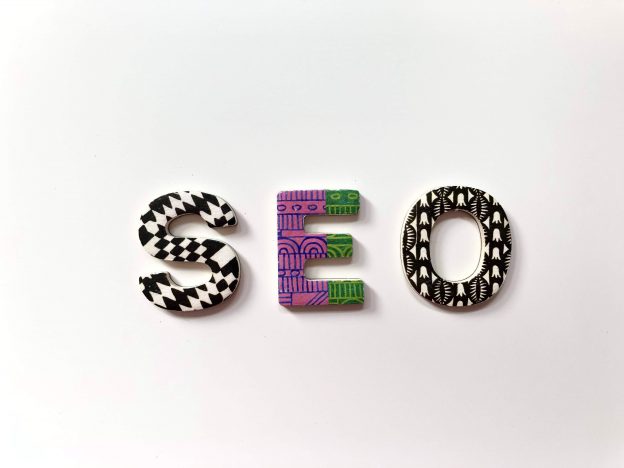There’s a lot of misinformation floating around the search engine optimization (SEO) sector. Perhaps it’s because SEO scammers directly benefit from this lack of understanding. Or perhaps it’s simply an inevitable characteristic of any long-running industry.
Either way, there are a few myths that seem to persist more stubbornly than others—today, we’re going to address three of the biggest myths currently plaguing SEO.
More is Better
Our first is technically a twofer.
A lot of SEO novices develop something of an obsession with quantity. More backlinks. More keywords. Bigger numbers.
Continue reading








